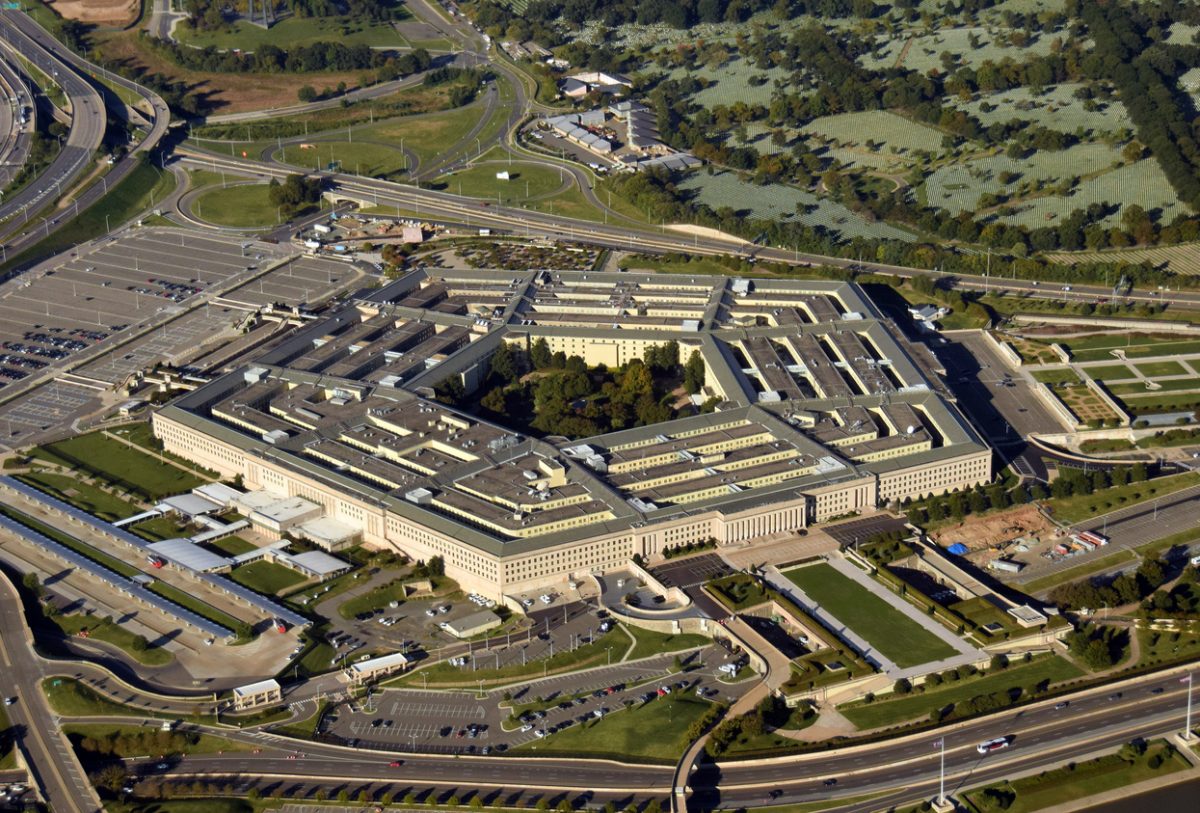
The former head of US Naval Special Warfield Command (NSWC) has warned the Pentagon is falling behind adversaries in military AI developments.
Speaking on Tuesday, Rear Adm. Brian Losey said AI is able to provide tactical guidance as well as anticipate enemy actions and mitigate threats. Adversaries with such technology will have a significant advantage.
Losey is retired from the military but is now a partner at San Diego-based Shield AI.
Shield AI specialises in building artificial intelligence systems for the national security sector. The company’s flagship Hivemind AI enables autonomous robots to “see”, “reason”, and “search” the world. Nova is Shield AI’s first Hivemind-powered robot which autonomously searches buildings while streaming video and generating maps.
During a panel discussion at The Promise and The Risk of the AI Revolution conference, Losey said:
“We’re losing a lot of folks because of encounters with the unknown. Not knowing when we enter a house whether hostiles will be there and not really being able to adequately discern whether there are threats before we encounter them. And that’s how we incurred most of our casualties.
The idea is: can we use autonomy, can we use edge AI, can we use AI for manoeuvre to mitigate risk to operators to reduce casualties?”
AI has clear benefits today for soldiers on the battlefield, national policing, and even areas such as firefighting. In the future, it may be vital for national defense against ever more sophisticated weapons.
Some of the US’ historic adversaries, such as Russia, have already shown off developments such as killer robots and hypersonic missiles. AI will be vital to equalising the capabilities and hopefully act as a deterrent to the use of such weaponry.
“If you’re concerned about national security in the future, then it is imperative that the United States lead AI so we that we can unfold the best practices so that we’re not driven by secure AI to assume additional levels of risk when it comes to lethal actions,” Losey said.
Meanwhile, Nobel Peace Prize winner Jody Williams has warned against robots making life-and-death decisions on the battlefield. Williams said it is ‘unethical and immoral’ and can never be undone.
Williams was speaking at the UN in New York following the Project Quarterback announcement from the US military which uses AI to make decisions on what human soldiers should target and destroy.
“We need to step back and think about how artificial intelligence robotic weapons systems would affect this planet and the people living on it,” said Williams during a panel discussion.
It’s almost inevitable AI will be used for military purposes. Arguably, the best we can hope for is to quickly establish international norms for their development and usage to minimise the unthinkable potential damage.
One such norm that many researchers have backed is that AI should only make recommendations on actions to take, but a human should take accountability for any decision made.
A 2017 report by the Human Rights Watch chillingly concluded that no-one is currently accountable for a robot unlawfully killing someone in the heat of a battle.

Interested in hearing industry leaders discuss subjects like this? Attend the co-located 5G Expo, IoT Tech Expo, Blockchain Expo, AI & Big Data Expo, and Cyber Security & Cloud Expo World Series with upcoming events in Silicon Valley, London, and Amsterdam.









